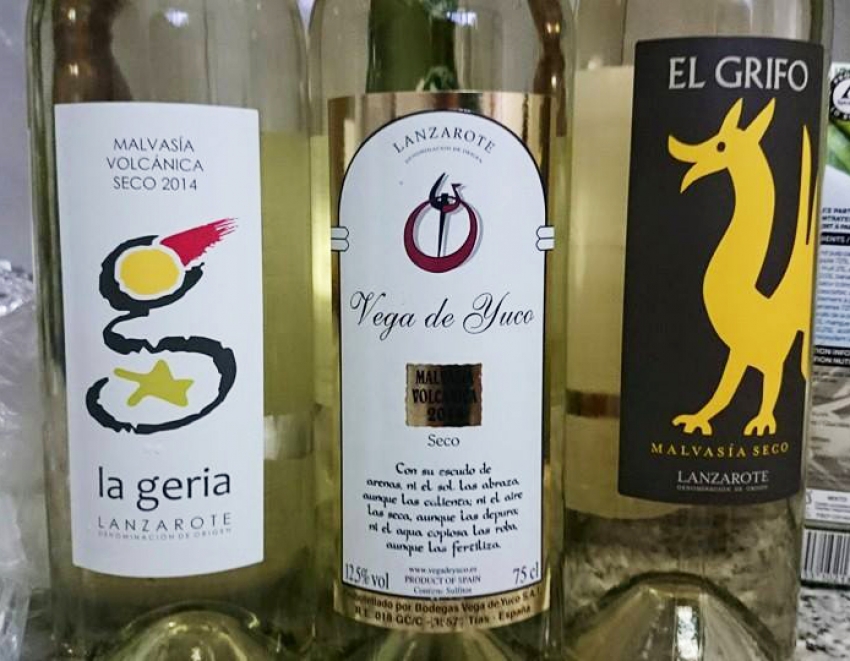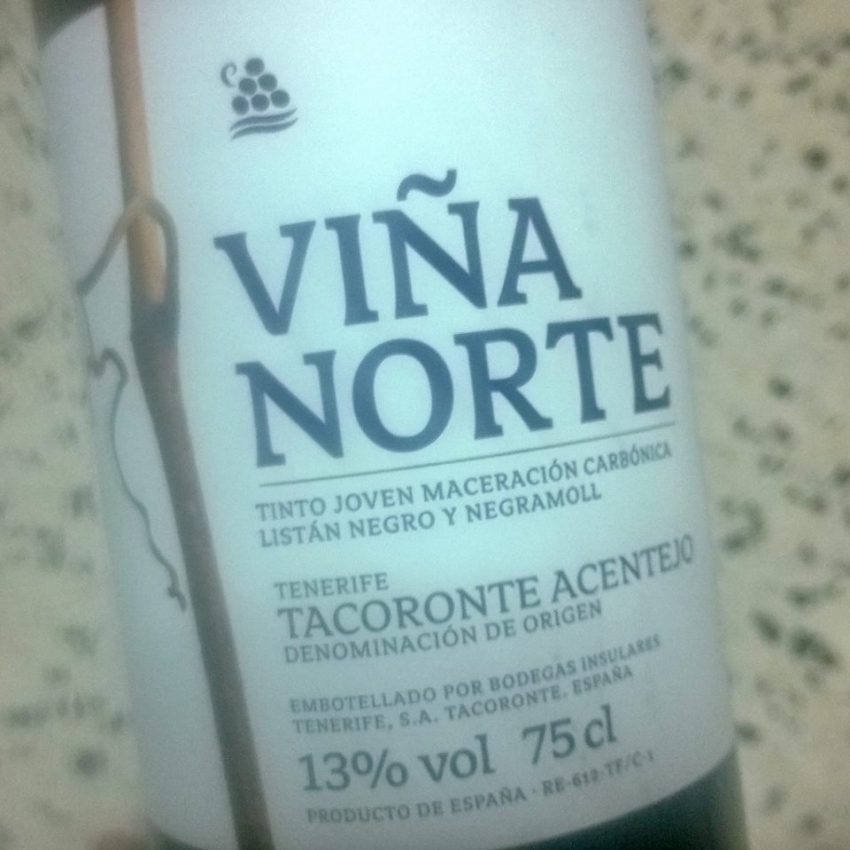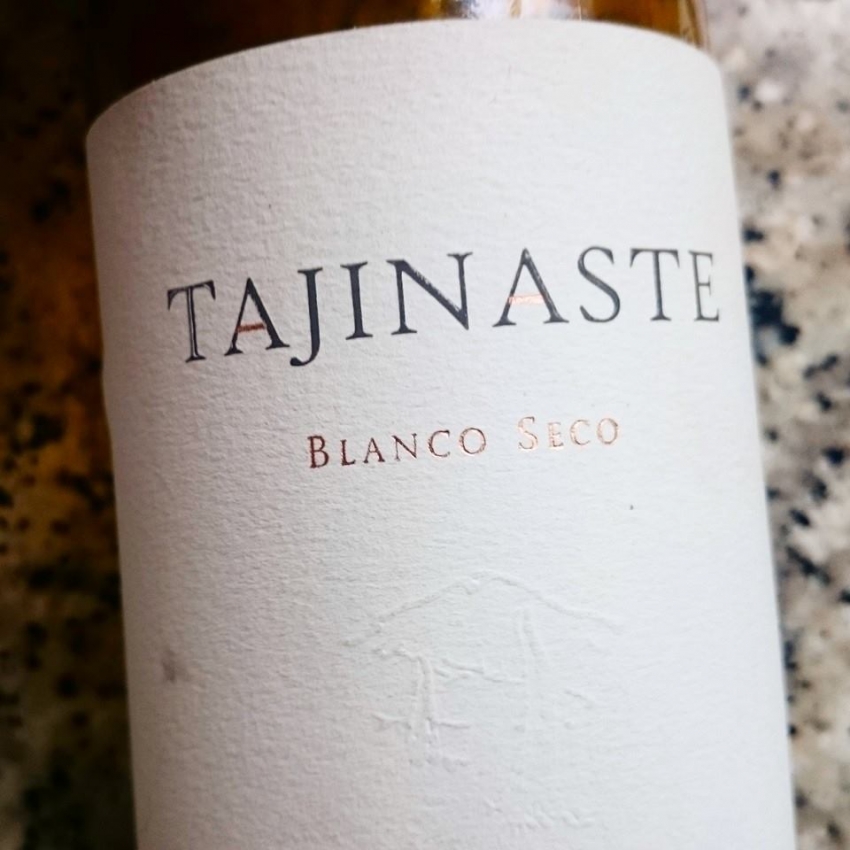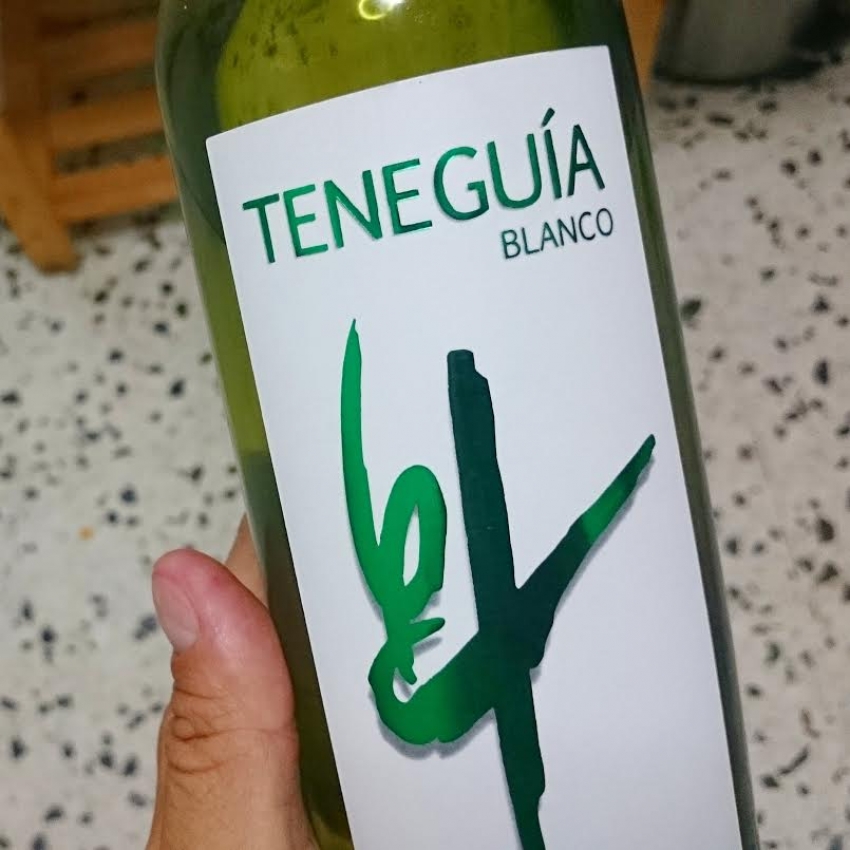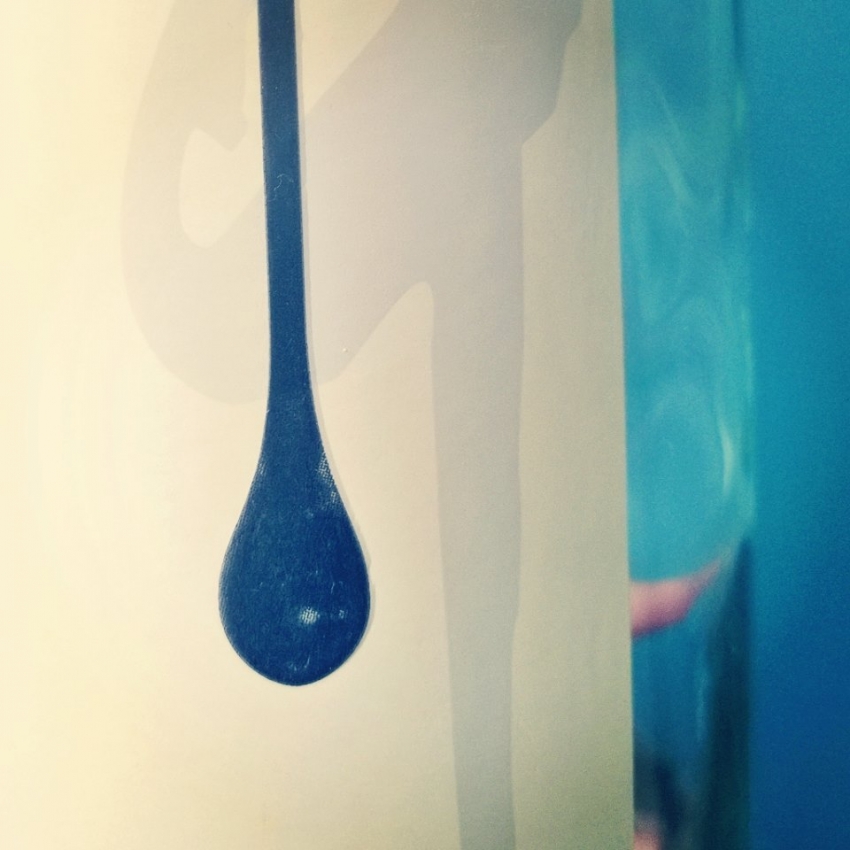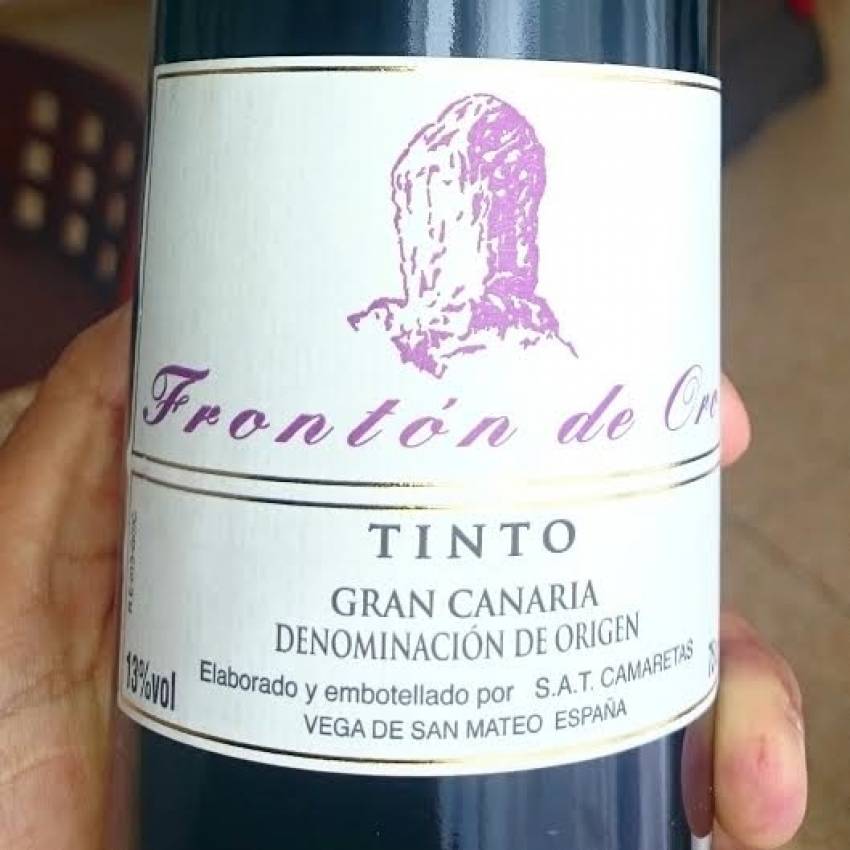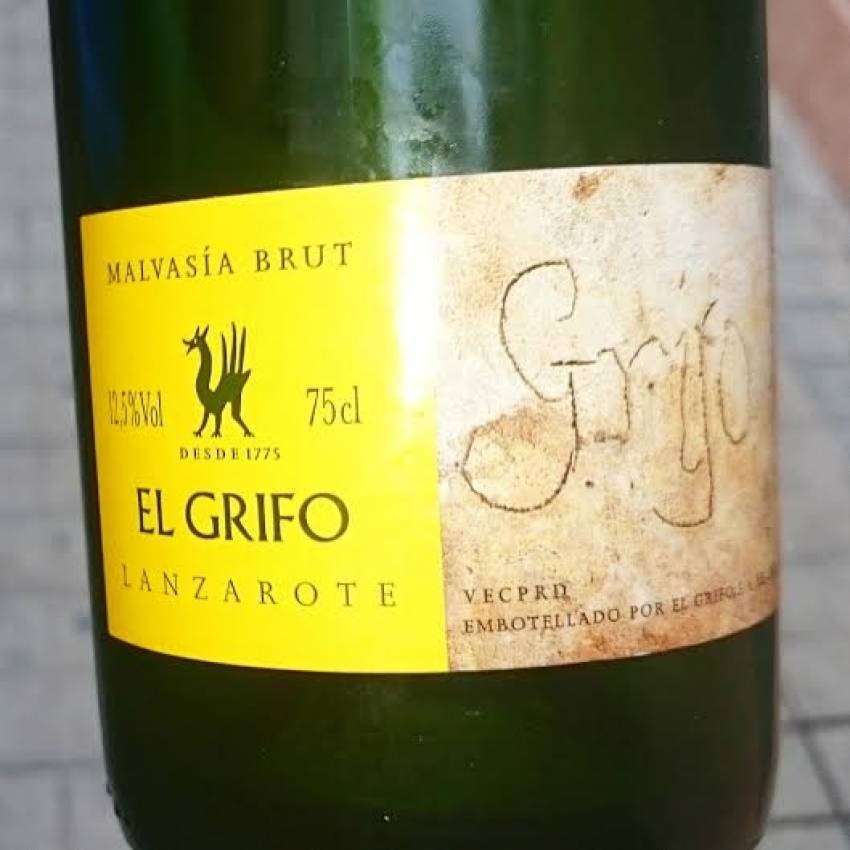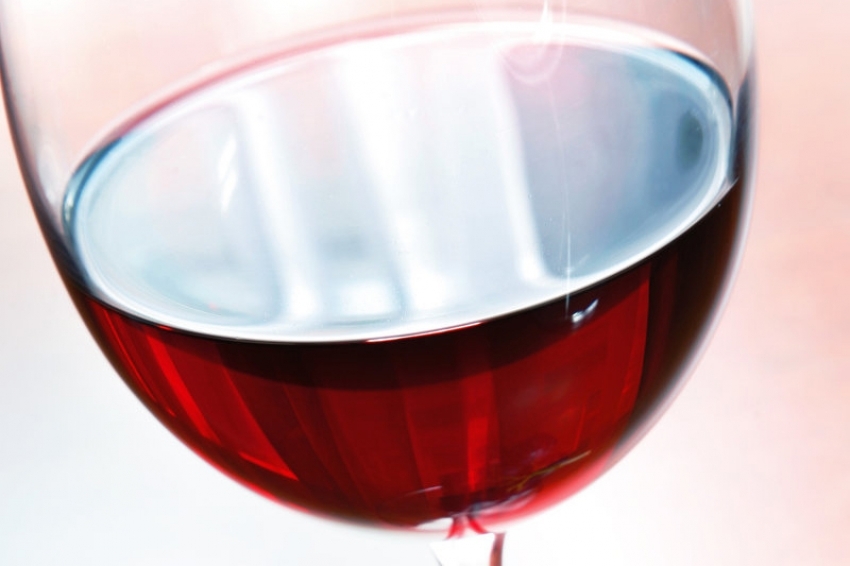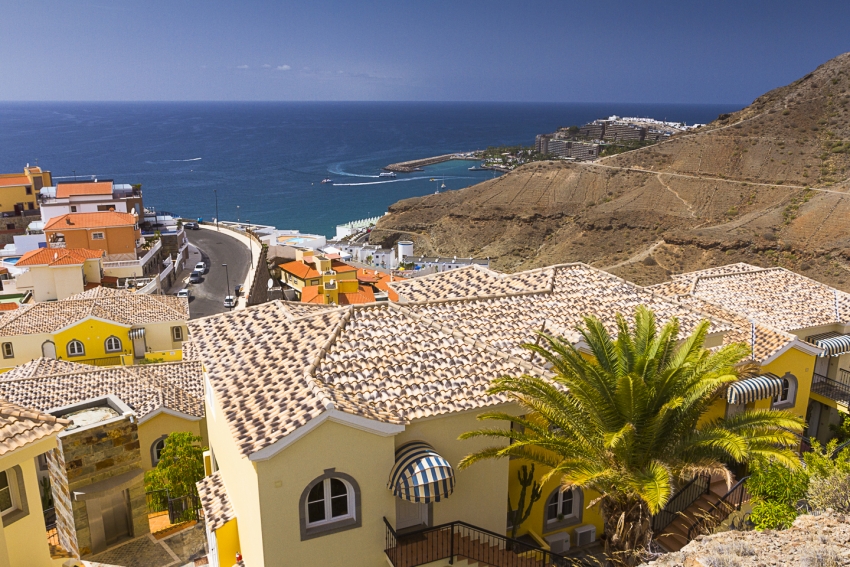Lanzarote White Wine Taste Off
With Lanzarote's La Geria, Vega de Yuco and El Grifo white wines common on Gran Canaria supermarket shelves and selling for seven to eight euros, we tasted all three so that you know which is the best buy.
Viña Norte: Award Winning Carbonic Maceration Red From Tenerife
Tajinaste Blanco: A Fantastic Tenerife White Wine
The Costa Meloneras hotel in Gran Canaria have this on their a la carte restaurant wine list and it's a great example of a dry Canary Islands white.
Western Wonder: Teneguia White Wine From La Palma
This excellent La Palma dry white is superb value and rivals any Spanish white you can buy for the price in Gran Canaria's supermarkets.
Canary Islands Wines: La Palma's La Gota
This is one of the best value Canarian white wines and is easy to find in Gran Canaria's supermarkets.
Gran Canaria Wines: Robust Frontón de Oro Made the New York Times
"Not without tannins" said the New York Times review of this Gran Canaria red made with local listan negro grapes. It was right: Fronton has a hint of wood resin from the oak barrels but also enough fruit and herby notes to make it a great value Gran Canaria red.
Canary Islands Wines: Lanzarote's Fizzy Lava Juice
Lanzarote's volcanic soils produce many of the Canary Islands' best white wines and their only bottle of fizz. Fortunately the El Grifo Brut Malvasia is a cracker.
Gran Canaria Wines: Agala 1318 Altitud (was) Sex in a Bottle
The Winery
The Agala winery is called Bodegas Bentayga. It's between Tejeda and Artenara and at up to 1318 metres above sea level it's one of the highest in Spain. The vines grow on small terraces on steep terrain and experience a vast range of temperatures. This area of Gran Canaria gets snow during cold winters and can reach over 40ºC during hot summers.
As with most Canarian wineries, Bentayga grows local grape varieties and hand picks the grapes: 1318 is made with a blend of Albillo and Vijariego.
Visits are possible but only from Monday to Friday, minimum six people and 72 hours notice. They cost 8 euros per person and include the chance to buy wine at bodega prices. Book here.
Agala 1318 is available in good wine shops and at the wine stall in the Santa Brigida weekend market.
2021 reviewed of oaked Agala Altitud dry white wine
This wine has been one of the best Gran Canaria whites for several years. Grown in South Central Gran Canaria, it had that zing you get from blasting white wine grapes with the extremes of temperature and climate (snow to 40C) you get at over 1000 metres above sea level.
Back in 2015 we reviewed it as "a floral nose with apricot and a touch of sweetness. In the mouth, it is dry but rich with well-balanced acidity. You get intense fruit and flowers, and a floral finish with a little bitterness".
It was all about the blossom!
The concept has evolved since then and this wine now spends time sobre lías in French oak barrels.
Oak and dead yeast add intensity and depth of flavour at the expense of freshness. But is it worth all that extra effort? Can you take an excellent "drink now" Canary Islands wine and turn it into something deeper? Why would you want to?
Oak, melon and banana on the nose. Quite exciting at first sniff but there's a tired hint to the wood after a few more.
Good acidity in the mouth from the vijariego, richness from the albillo. A hint of butter and vanilla from the oak and lías. Melon and banana.
Blah blah blah!
Bring back the old version we say. The oak and butter don't make up for the lost blossom and freshness.
Check our latest Gran Canaria and Canary Islands wine reviews on our Canary Islands Wines Facebook Group.
Great Value Canary Islands Wines You Have To Try in Gran Canaria
The Canarian wine scene hasn't buzzed this much since Shakespeare's time. New wineries start up every year and there's always a new wine to try. However, because most wineries on the islands are small you can only buy them close to where they are grown. Great if you have the time and transport but a pain if you're in Gran Canaria on holiday.
Gran Canaria Info recommends:
- Default
- Title
- Date
- Random

